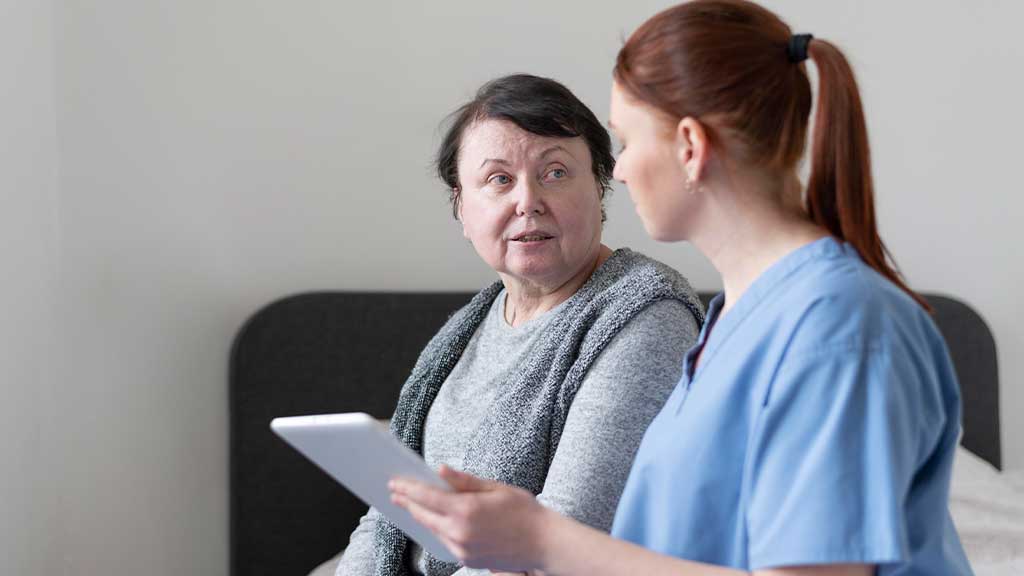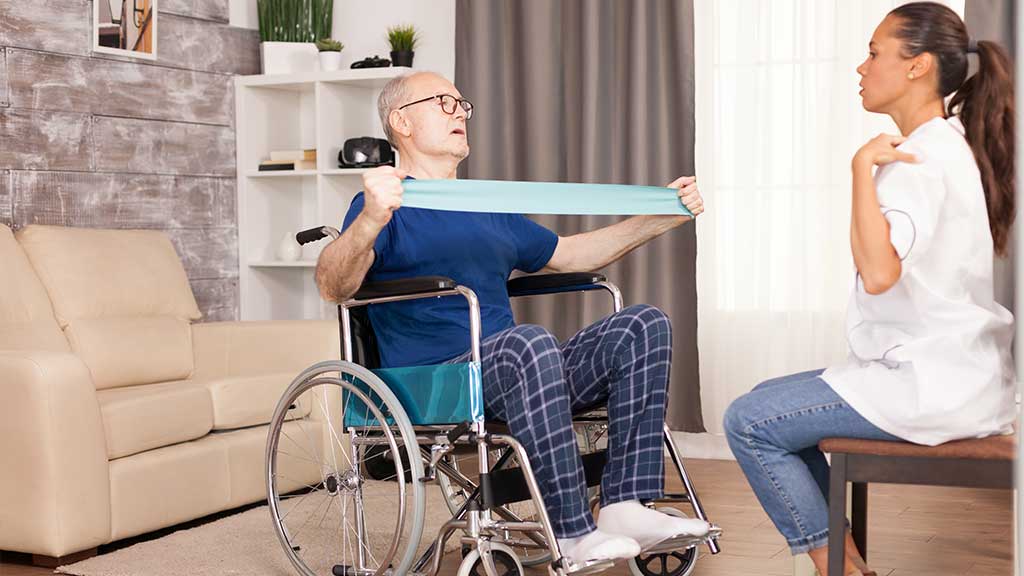Knowing why is it important for caregivers to identify triggers is paramount. Today, many people feel some level of discomfort or pain in their daily lives. It’s common. Anybody can experience negative emotions, including fear, sadness, and rage.
However, most people’s reasons for experiencing these feelings are reasonable and appropriate. It could result from an emotional trigger when these sentiments seem out of nowhere or are stronger than their reason suggests.
Since each person’s experience determines what causes mental health issues, the list of things that set people off will never end. Finding emotional triggers can become extremely difficult. However, with a little knowledge, practice, and guidance, you can identify and learn how to control and fix emotional triggers. In addition, we will answer the most important question: why is it important for caregivers to identify triggers?
What are triggers?
A stimulus that causes a reaction is called a trigger. The term “trigger” is frequently used with mental illness to refer to an event that exacerbates or initiates symptoms. People who have experienced trauma in the past or who are in recovery from eating disorders, addiction, mental illness, or self-harm frequently experience this.
Unexpectedly encountering images or content related to a past issue might be harmful or lead to a relapse in the case of someone with a history of any of these problems. Potential triggers can come from a wide range of stimuli, many heavily impacted by prior experiences.
When compared to providing help to anyone after they have been triggered, comprehending, identifying, and attempting to prevent triggers can be powerful and beneficial. There is no need to feel agitated; rather, stay calm when you feel triggered.
Types of Triggers?
Each person has quite different triggers. Potential triggers can come from a wide range of stimuli, many heavily impacted by prior experiences.
External triggers

Consider the senses—the sights, sounds, smells, and textures that arouse emotions based on memories from the past. For instance, mourning can be triggered by the scent of a loved one’s perfume who has died away. In this scenario, you should self regulate when patient is triggered.
Internal triggers
Previous encounters can trigger strong emotions. For instance, scheduling a visit with a doctor following a bad medical encounter may cause anxiety.
Trauma triggers
Involves intense emotions resulting from previous trauma. For instance, veterans of war may experience trauma triggers when they hear firecrackers.
Symptom triggers
Physical changes might trigger larger mental health problems. Example: Bipolar disorder symptoms may be exacerbated by sleep deprivation. Some people may experience bodily reactions to triggers, such as sweating, weeping, or rapid breathing. Some people may experience an emotional response to a trigger, such as believing they are being attacked. A trigger may put someone in danger or lead to a relapse.
A person may feel strong, unpleasant emotions following the experience of a trigger, such as overwhelm, helplessness, terror, etc. In addition to being harmful to mental health, these emotions are frequently difficult to deal with once they surface. Following a trigger, behavior might vary from quite mild (weeping) to very serious (violent acts). When exposed to a trigger, a person may lose consciousness or make poor decisions.
Why is it important for caregivers to identify triggers?
A caregiver should emphasize the importance of avoiding trigger. If you look at the aftereffects of triggers, it is important to avoid them if possible. Nevertheless, it is also important for caregivers to identify triggers when assisting people with health situations.
The identification of triggers during ITCT-A can help adolescents avoid or modify situations that may be triggering, which can lead to improved interpersonal functioning and a higher sense of control.
How Caregivers Can Identify Trauma and Triggers?

One of the most important steps in controlling anxiety is recognizing the symptoms and triggers. Anxiety-inducing events or circumstances are known as triggers, and symptoms are the body’s and mind’s reactions to them.
By recognizing their symptoms and triggers, people may better comprehend their anxiety and learn coping mechanisms. Knowing the signs and triggers of anxiety can also help people learn better coping mechanisms or steer clear of potentially stressful circumstances.
Keep a journal
Journaling is one method of identifying symptoms and triggers. Record your activities, location, and feelings in writing when anxiousness strikes. You can start to see patterns over time. For instance, you can discover that you get anxious in front of big crowds or before a deadline at work. Journaling can help you when you are contemplating on why is it important for caregivers to identify triggers.
Identify physical symptoms
Physical signs of anxiety include heart palpitations, sweating, and shaking. People can recognize their anxiety and take action to manage it by being aware of the bodily symptoms of anxiety. For instance, you may identify that you are feeling nervous and take action to calm yourself if you observe your heart racing and trembling.
Talk to a mental health professional
An expert in mental health can assist people in recognizing the causes and manifestations of anxiety. They can offer advice on how to control anxiety and create coping mechanisms. Therapy identifies triggers and trauma a person might be going through. Nevertheless, it’s important to seek a professional health worker.
Seek assistance
Identifying anxiety triggers and symptoms can also be facilitated by speaking with friends and relatives. Family members and friends could pick up on trends or actions that the person hasn’t recognized for themselves.
For instance, an individual might see that public speaking causes them fear. Additionally, they could notice that they have bodily symptoms like sweating and a fast heartbeat. By recognizing these cues and manifestations, the person can take action to control their fear.
They might improve their public speaking skills or seek mental health assistance. Recognizing anxiety triggers and symptoms is a critical first step in controlling anxiety and ending the cycle of sadness and anxiety.
How can Caregivers deal with people suffering from Intellectual or Developmental Disabilities (IDD)?

Taking care of someone with IDD can be psychologically, physically, and emotionally taxing. One of the hardest things about providing care for someone with IDD is often having to diffuse challenging behaviors. Having techniques in place to assist in diffusing problematic behaviors is crucial for family caregivers since these behaviors can be unpredictable and prompted by a variety of causes, including stress, sensory overload, or routine changes.
Create a Care Plan
Creating a care plan is an excellent method for preparing for any challenging behaviors that could surface. Developing a strategy customized to the individual’s needs might be facilitated by working with a professional, such as a therapist or behavior expert.
A care plan should cover the management of challenging behaviors. These tactics should include de-escalation, soothing, and preventative measures. Along with a list of activities that can be used to reinforce desired behaviors, the plan should also contain a list of triggers that may result in challenging behaviors.
Create Structure and Routines
Creating a sense of security and structure can lessen the possibility of challenging behaviors. Since people with IDD frequently do best in predictable surroundings, creating a regular daily routine will help lower stress and anxiety. This entails establishing regular schedules for meals, pastimes, and sleeping in. To lessen challenging behaviors, consistency and predictability are essential.
Apply Positive Reinforcement
Managing challenging behaviors can be accomplished using positive reinforcement. Positive reinforcement involves rewarding behavior when it is performed correctly, which can lead to an increase in desired behaviors. This can take the form of access to desired activities, material prizes, or verbal praise. Select rewards that are connected to the desired action and have personal significance for the recipient.
Determine and Prevent Triggers
Determining and preventing triggers is one of the most important steps in controlling challenging behaviors. Triggers vary among individuals and might range from sensory overload to schedule modifications. It’s critical to monitor the person and find any possible triggers. Once the triggers have been discovered, it’s critical to determine how to lessen or avoid them.

Every time someone is triggered, there is a chance for learning that will aid in future reaction control. Even if a person can’t completely control the trigger, they can control their emotional response to it to prevent problems and make treatment more difficult. Everyone’s duration to calm down after being triggered differs. By planning, they might even be able to stop the trigger. You can always exert influence over something. Anything that gives us some control over mental disease benefits our well-being.
Establish Clear Expectations and Boundaries
One of the most crucial aspects of handling challenging behaviors is establishing clear expectations and boundaries. Setting clear standards and enforcing them consistently is crucial, as is outlining the consequences for misbehaving. This gives the person a sense of security and structure, which may lessen challenging behaviors.
Seek Help
Taking care of someone with IDD can be emotionally and psychologically taxing. Family caregivers must seek assistance from friends, family members, or experts. As a result, tension and worry may be lessened and the caregiving responsibilities may be lessened.
Take Care of Yourself
Family caregivers must look after their physical and mental needs. This can take the shape of engaging in self-care practices like working out, practicing meditation, or hanging out with friends. To be able to care for the individual, one must first take care of oneself. Furthermore, the importance of being awared of triggers is critical as it can alleviate future harms.
Conclusion
Knowing why is it important for caregivers to identify triggers is crucial. While managing triggers can be challenging, people who have experienced such things can get experience and find more better way to handle things. Instead of concentrating solely on the aftermath of a trigger, consider what may be done to prevent it.


![Self-Care for Caregivers [Tips from Experts]](https://caregivercourses.net/wp-content/uploads/2024/07/Self-Care-for-Caregivers-Tips-from-Experts-300x169.jpg)


